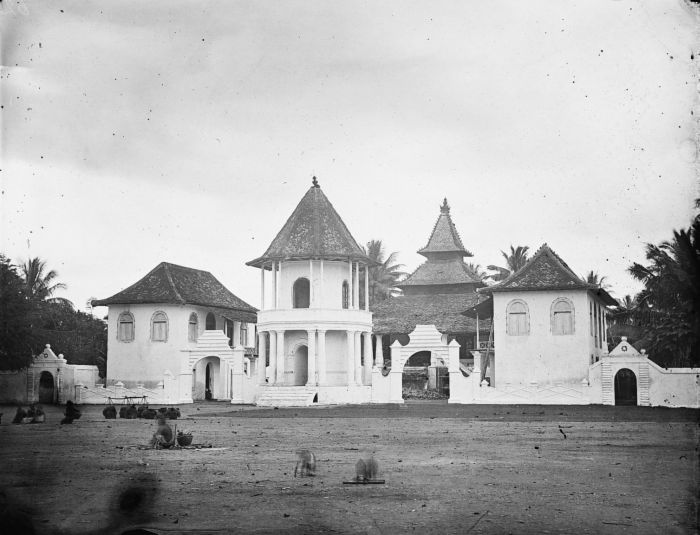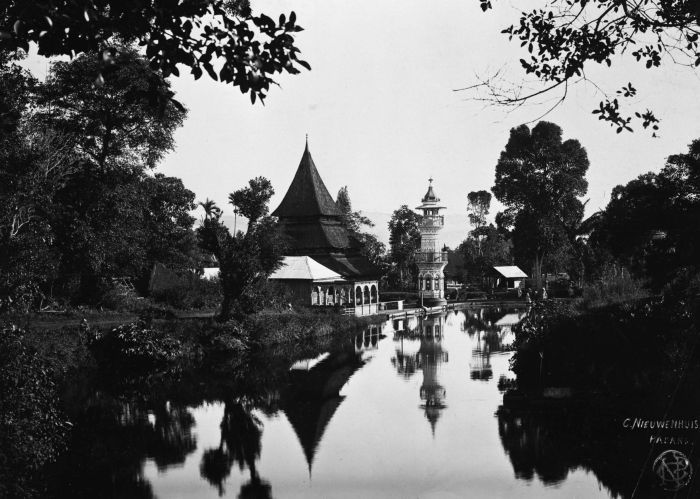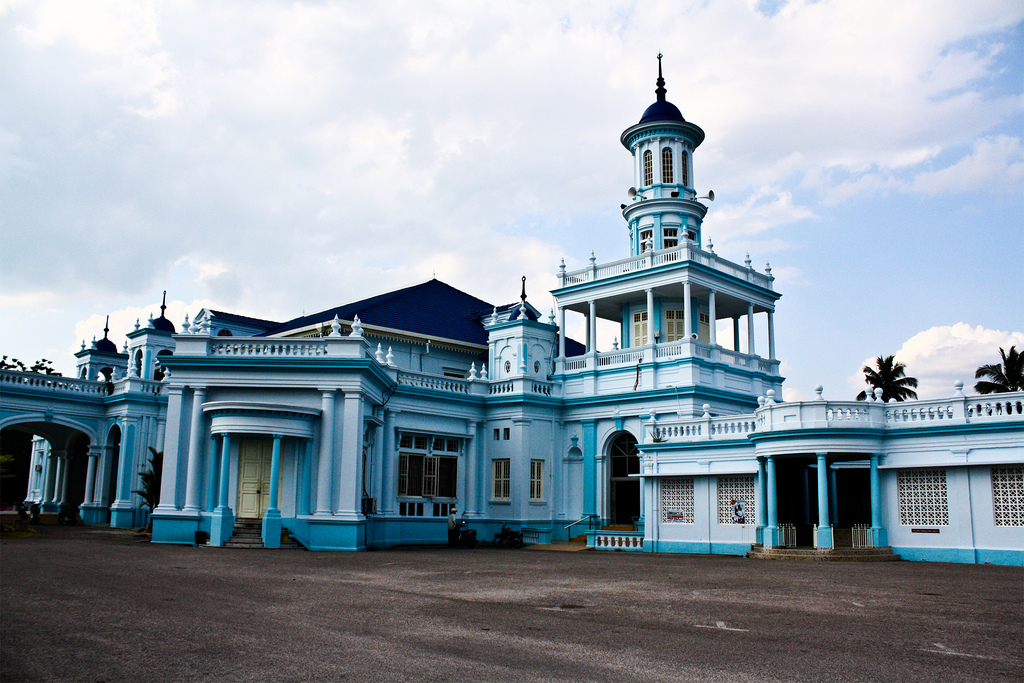This part of the series we are going to look into the minarets of the mosques in the Nusantara region ; Malaysia, Indonesia, Brunei, Singapore and Southern Thailand. We will be discussing this subject on the timeline of the early existence of Islam in the region up to the early 20th Century. We shall not discuss the later mosque architecture as they are usually made with Middle Eastern styles.
History:
The presence of Islam in the region was believed to began as early as the 7th Century, although it only during the 12th Century that the religion became more accepted as the local rulers embraced Islam, replacing the already established Hindu religion and slowly the culture of the previous religion. Since then Sultanates such as the Malacca, Brunei, Aceh and Patani Sultanate became established in the region and became hubs of Islamic propagation as well as cultural and economic trade.
Influences:
Early mosques in the region follows the earlier established Hindu-Buddhist style with tiered pyramidal roofs, or in Indonesia, an open hall style building. The minarets, if there is any, with this architectural style usually follows the main hall – square or rectangular floorplan with pyramid roof. Later as other cultures came into the region by the way of colonists and immigrants other architectural styles were introduced and henceforth influenced the mosques, which is often an important building in that particular area. This included Indian, British or Dutch influences. It is during this time minarets became an integral part of mosques of the region.
Shape and Form:
Usually, the minarets of the mosques of the Nusantara are not given special treatment that differentiates it from the rest of the building. In early mosques, the shape is usually a simple square shaped structure, often with pyramidal roof over it with finials called a Mustaka. Often, there would not be even a minaret – the Muezzin would make the call of prayer within the prayer hall itself.
However there are special cases that usually makes the minaret the focal point of the mosque. The Menara Kudus Mosque in Central Java for example, is famous for its minaret that uses Hindu architecture which already established before the arrival of Islam
As colonists and immigrants came into the region around the 17th century, the architectural style became influenced by the newcomers to the region. It is during these time that other influences came to be used in the styles of the mosque and thus the overall shape of the minarets follows the new architectural language. We can see minarets with polygonal shapes, minarets that looks like lighthouses with cylindrical shape and those that looks like church bell towers.
Examples:








